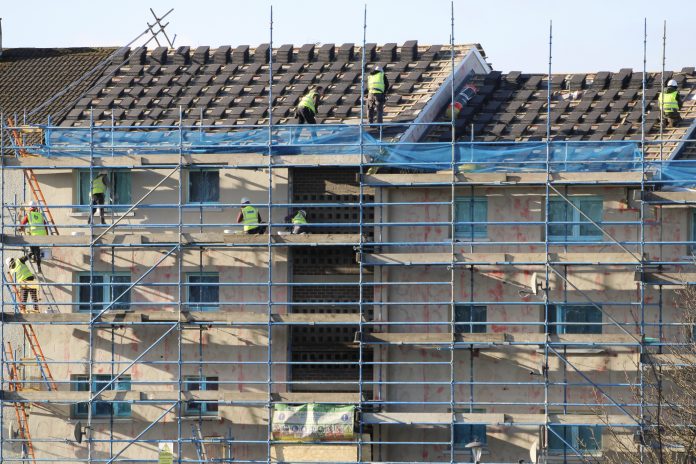A 30-page blueprint published by the Housing Finance Institute and Localis proposes to flip the script on a new affordable housing strategy, aiming to slash the 1.2m waiting list councils face
The Housing Finance Institute (HFI) and Localis have published a 30-page blueprint designed to stimulate a new generation of council homes through a new affordable homes strategy.
Housing targets remain a complicated topic for the government, as both Labour and the Conservatives have expressed an interest in simplying the planning system.
But industry voices have argued that stripping targets as a strategy to deliver affordable homes will instead strip accountability and standards from the process, discouraging housebuilding.
With only 6,000 of the 52,000 new homes listed as ‘affordable’ in 2020/21 by local councils actually affordable by the 1.2m households on waiting lists, ‘Public Rental Homes – fresh perspectives’ aims to provide a more realistic supply of affordable housing.
The blueprint proposes that councils identify PRH sites and approach developers, instead of the other way round
Currently, councils negotiate with developers to determine the percentage of affordable homes a scheme can provide, based on the total private unit sales.
‘Affordable’ rents can vary from 50% of local market rents up to 90%. Subsidised sales are included in the percentages.
Under the Public Rental Homes (PRH) model, local authorities would be responsible for identifying sites that might meet PRH criteria and initiate discussion with developers.
Those on council waiting lists would be prioritised, as councils- in cooperation with a developer- work out how many private homes are needed to viably build homes that can be rented at rates those on the waiting list can afford, rather than as an embellishment for housing developments aimed at the commercial market.
For their part, developers would assume 100% of the risk and a 20% margin on both the PRH homes as well as their own private units.
Report author, Peter Bill, said: “Families on council waiting lists are squeezed to the bottom of pile by financial pressures on councils and developers trying to agree the percentage of affordable homes. A new perspective is needed to ensure the needs of these families become the top priority on sites where PRH is viable.
“The PRH approach addresses that need and provides fresh impetus to councils looking to house those on their waiting list and to developers looking for better, simpler, ways to build. Site by site viability is the key. Developers take 100% of the risk and therefore deserve a 20% profit margin.”
Co-author, Jackie Sadek, said: “We need to get on and deliver. Stop arguing about the whys and the wherefores. Delivery only happens on the ground, not from Whitehall. Let’s try to crack this massive crisis, not top down, but bottom up. Every council should be supported in drawing up a 10 year Plan to deliver Public Rental Homes.”
A new affordable homes strategy could provide much need economic and social benefits
Chair of The Housing and Finance Institute Board, Sir Steve Bullock, said: “Thousands of families and individuals, both young and old, are caught in the trap of being unable to afford to buy or rent privately but finding no alternative that they can possibly afford either. More people are falling into this trap each month yet the supply of new affordable homes is actually diminishing.
“The impact of the cost-of-living crisis makes finding a response ever more urgent and the HFI has commissioned this research to offer a way forward that can attract support on a cross party basis.”











![[VIDEO] Local planning inspector recruitment to begin in earnest in new year A drive to recruit local planning inspectors will begin in the new year](https://www.pbctoday.co.uk/news/wp-content/uploads/2025/12/iStock-2159482095-2-218x150.jpg)


